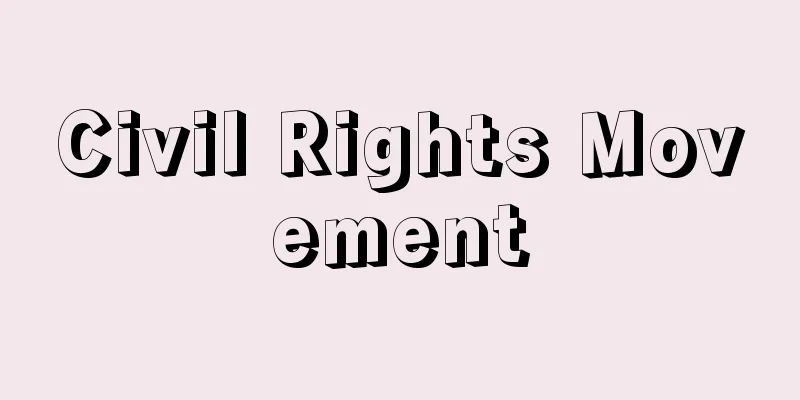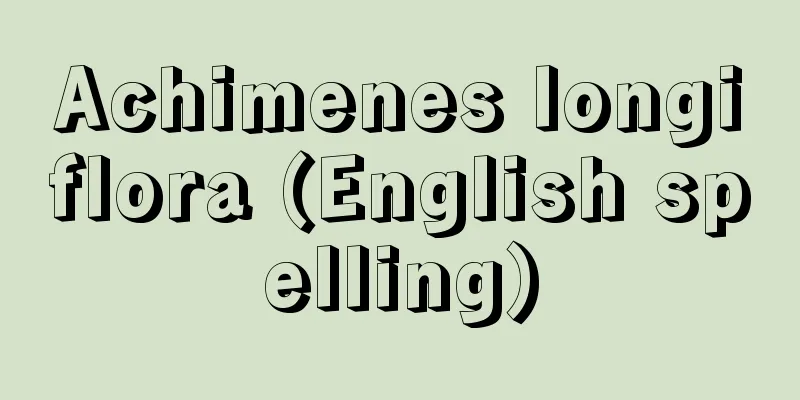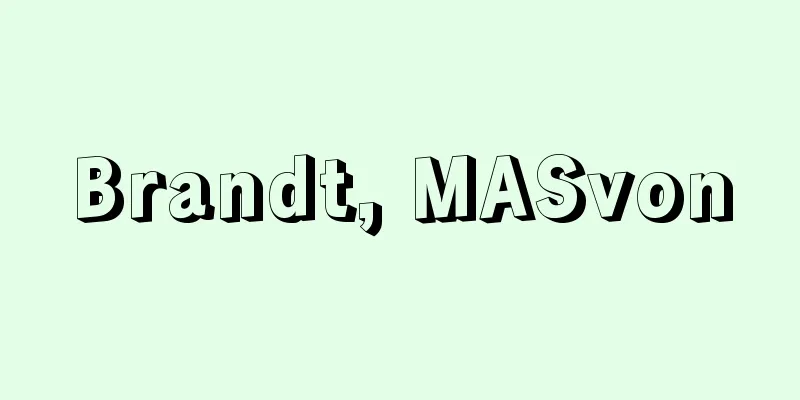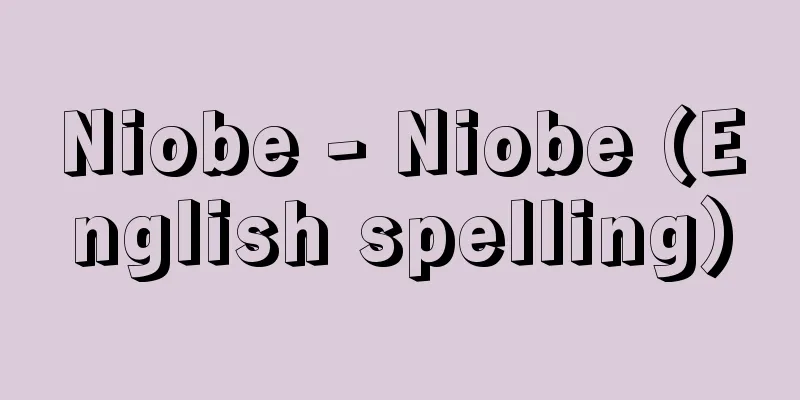Council for Science and Technology
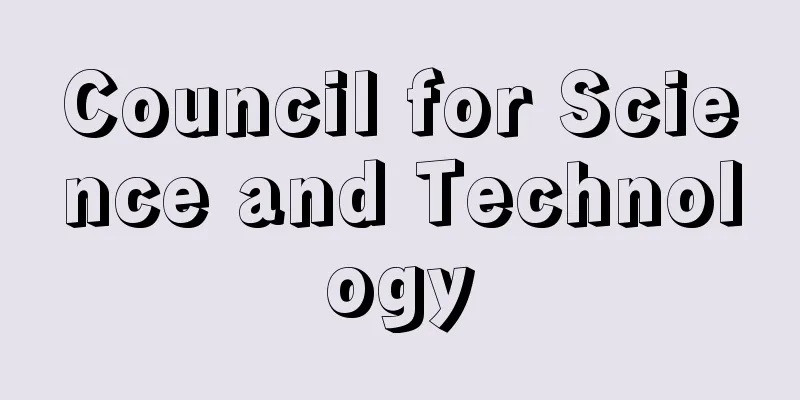
|
It was an agency of the former Prime Minister's Office established in 1959 (Showa 34) and was a deliberative body on science and technology policy, but was abolished in January 2001 (Heisei 13) when the Council for Science and Technology Policy was established. The Council was chaired by the Prime Minister and consisted of the Minister of Finance, the Minister of Education, the Director-General of the Economic Planning Agency, the Director-General of the Science and Technology Agency, the President of the Science Council of Japan, and five academic experts. The Prime Minister was required to consult the Council when comprehensive coordination was required regarding the establishment of basic and comprehensive policies regarding science and technology (excluding those related only to the humanities). Even after the Council's report was submitted, it was given the authority to express its opinion to the Prime Minister. Subsequently, a policy committee was established consisting of experts from various fields, including academics, to handle important issues in science and technology policy in a timely and appropriate manner and to develop a agile and flexible science and technology policy. Furthermore, the Basic Law on Science and Technology (enacted in November 1995) stipulated that the government must go through the deliberation of the Science and Technology Council when formulating a basic science and technology plan, and its role in science and technology policy became increasingly important. The Science and Technology Council's recommendations include, for example, "Research and development plans for life sciences" and "Strategic measures to promote information science and technology that will open up the future." [Kazukazu Hirata] [Reference item] |Source: Shogakukan Encyclopedia Nipponica About Encyclopedia Nipponica Information | Legend |
|
1959年(昭和34)に設置された旧総理府本府の一機関であり、科学技術政策に関する審議機関であったが、2001年(平成13)1月、総合科学技術会議が設置されるとともに廃止された。科学技術会議は、内閣総理大臣を議長とし、大蔵大臣、文部大臣、経済企画庁長官、科学技術庁長官、日本学術会議会長、学識経験者(5名)からなっていた。内閣総理大臣は、科学技術(人文科学のみにかかわるものを除く)に関し、基本的・総合施策の樹立などにつき、総合調整の必要があるとき会議に諮問しなければならなかった。答申後も、内閣総理大臣に意見を述べる権限を与えられた。その後、科学技術政策の重要事項を適時、的確に処理し、機動的・弾力的な科学技術政策の展開を図るため、学識経験者を含む各界の有識者で構成される政策委員会も設置され、さらに、科学技術基本法(1995年11月施行)において、政府は、科学技術基本計画を策定するにあたっては、科学技術会議の議を経なければならないことも定められ、科学技術政策におけるその役割の重要性が増していた。科学技術会議の答申として、たとえば「ライフサイエンスに関する研究開発計画について」や「未来を拓(ひら)く情報科学技術の戦略的な推進方策の在り方について」の諮問に対する答申がある。 [平田和一] [参照項目] |出典 小学館 日本大百科全書(ニッポニカ)日本大百科全書(ニッポニカ)について 情報 | 凡例 |
<<: Science and Technology Policy
Recommend
hyperbolic spiral
…(8) A curve expressed by r = f (θ) ( f is monoto...
Oston Hemigalus - Oston Hemigalus
...Three species are found in the Malay Peninsula...
Quick Dance - Kyuunomai
…The flute plays a special melody called the “oro...
Hagura Geki - Hagura Geki
A Confucian scholar from the late Edo period. His ...
Mixture change - Mixture change
This refers to changes in efficacy, side effects, ...
Second pain
…The peripheral nerve fibers that transmit stabbi...
Family Agreement
…A father-son contract or family agreement regard...
turn
...The names vary from country to country and fro...
Toscanelli, Paolo dal Pozzo
Born: 1397. Florence [Died] 1482. Florence, Italia...
dandelion
...Intermediate forms are found in the areas betw...
Dry Fog - Kanmu
Fog made up of tiny droplets that won't get yo...
Marañón, Gregorio
Born: May 19, 1887 in Madrid [Died] March 27, 1960...
Ochotona hyperborea yesoensis (English spelling) Ochotona hyperborea yesoensis
…[Yoshiharu Imaizumi]. … *Some of the terminology...
OPS - Open Photo System
On-base plus slugging : In baseball, it is the sum...
Owari vinegar - Owarisu
...Nakahara vinegar from Sagami, Zentokuji vinega...
